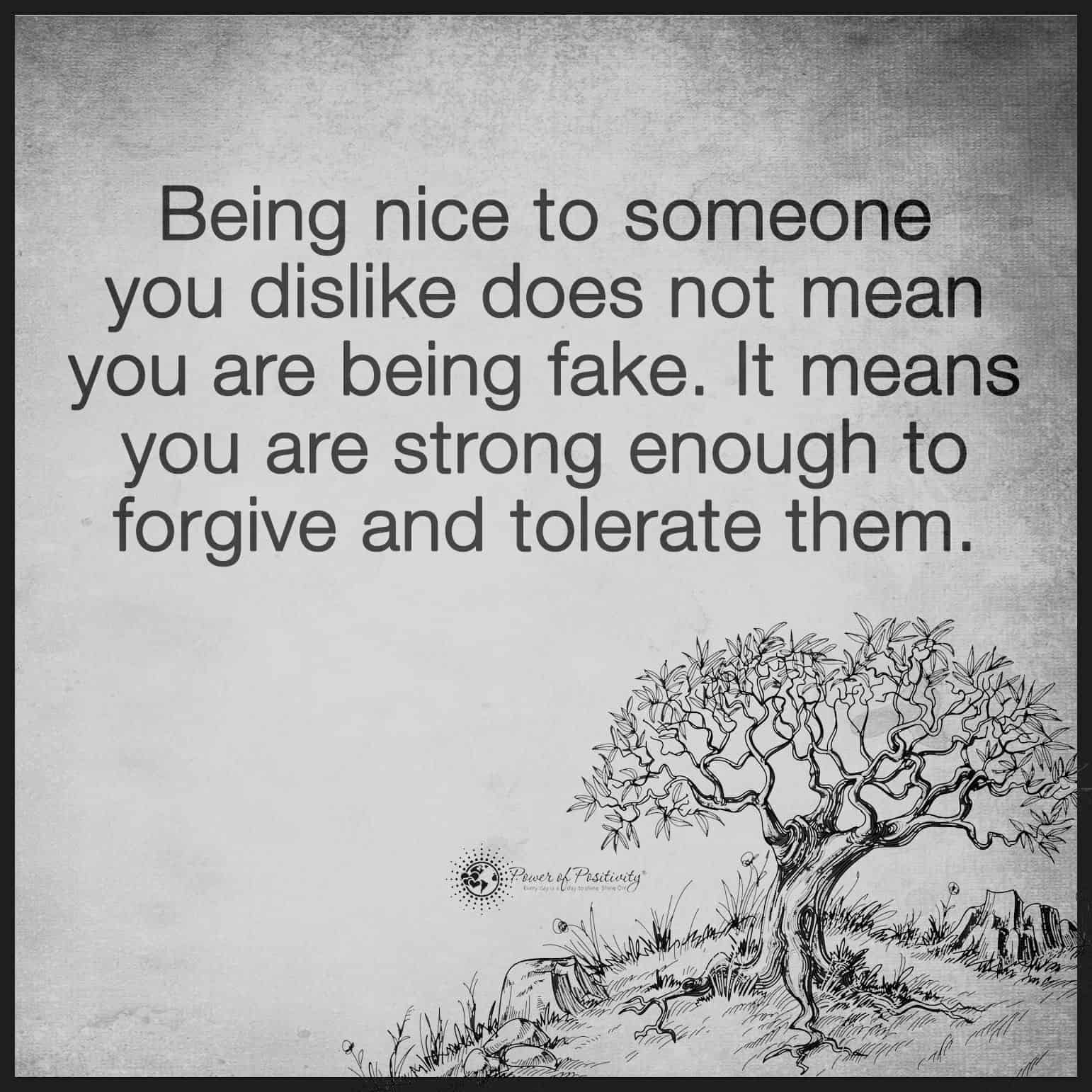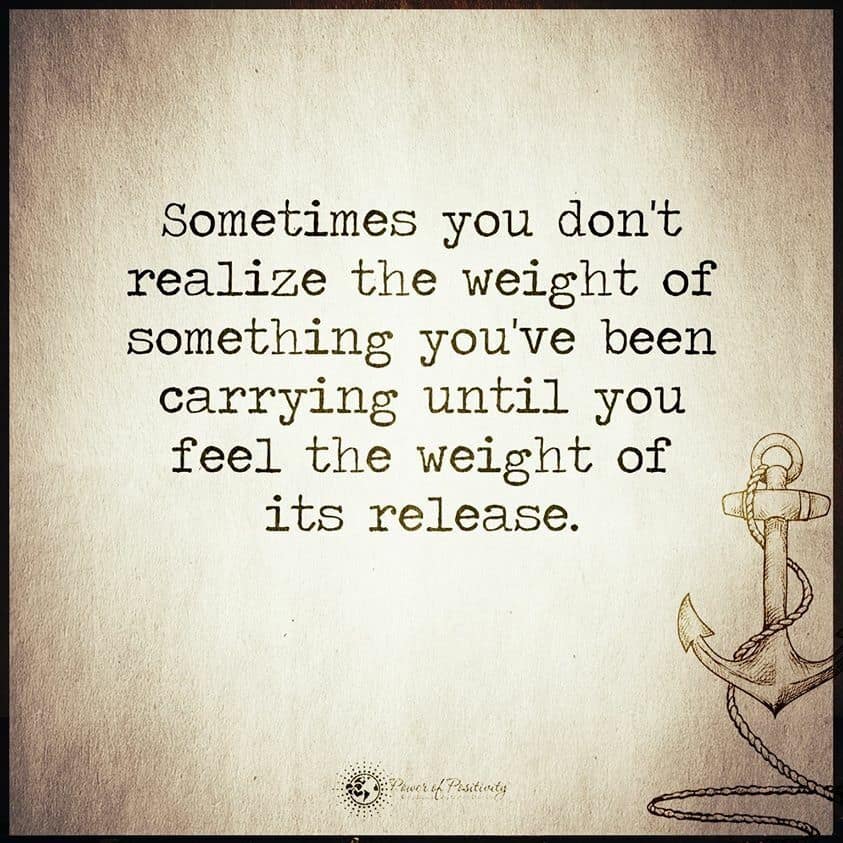A stigma is a feeling of judgment or shame, whether perceived or real, that affects an individual due to their performance of a task or inclusion in a group. It is almost always unfair, and many individuals struggle to overcome stigma every day. Worse still, many stigmas are perpetuated by wider society towards individuals who are already in vulnerable positions.
Mental health is one area that faces a lot of unwarranted stigmas. It can be so bad that it often becomes a barrier to someone’s ability to seek help for a mental disorder. The individual may feel as though their illness is proof of their failure or lack of “goodness,” or the people around them may tell them that their illness isn’t real or is too dangerous to treat.
The stigma surrounding mental health has led to many difficulties in seeking treatment and holding open discussions about mental disorders. People are reluctant to talk about what they experience, sometimes to the point where they self-destruct or are severely harmed before help – if any – gets to them. Stigma actually harms 1 in 5 people with mental conditions, says the National Alliance on Mental Illness.
If you are struggling with your mental health but feel weighed down by its stigma, you need to find a way to break through those barriers. Unfortunately, that’s much easier said than done, and it often requires overcoming years of personally internalized stigma. To help you out, here are 5 ways to break the stigma of receiving mental health counseling.
1. Use Affirming Language
 It’s easy to accidentally slip into the habit of using language harmful to those who need mental health aid. Some would refer to this as internalized ableism. Without terminology, though, at its core, this is the simple act of language normalizing stigma. For example:
It’s easy to accidentally slip into the habit of using language harmful to those who need mental health aid. Some would refer to this as internalized ableism. Without terminology, though, at its core, this is the simple act of language normalizing stigma. For example:
- “She’s insane!” creates the connotation that “insanity,” which is really a rude term used to refer to the mentally ill, is inherently negative and toxic.
- “I’m so OCD” when you do not have obsessive-compulsive disorder creates false ideas and narratives about what OCD really is, shaping a poor understanding of the disorder by others.
- “He’s such a sociopath” when you talk about someone you dislike who does not have antisocial personality disorder creates a false narrative about a severe mental disorder, making it synonymous with a general feeling of dislike towards someone.
Remove the more incorrect versions from your vocabulary, and you’re already helping to bring down stigma. Instead of using these phrases, try changing them to options that are more accurate to reality. For example:
- “She’s really eccentric” instead of “She’s insane!”
- “I’m such a neat freak” instead of “I’m so OCD!” (if you do not have OCD)
- “He’s such a jerk” instead of “He’s such a sociopath” (if he is not a diagnosed sociopath)
If someone misuses language, try to correct them gently. But do keep in mind that language constantly evolves, meaning words and the best ways to use them will change over time. It’s okay for you and others to make mistakes regarding evolving language, as long as you’re all willing to learn!
2. Educate Yourself On Common Myths
There are, sadly, a lot of myths in the mental health world about those with mental disorders and how to treat them. You might believe some of them and might not be aware that they’re false! Learning about the most common myths of mental health can help you feel more confident about receiving counseling or supporting those seeking counseling.
Some examples of common myths include:
· “Mental illness isn’t treatable.”
Though many mental disorders have no cure, treatment can allow them to be more manageable.
· “Those with mental illness are weak.”
The reality is that these illnesses are just that – illnesses. They’re disorders, akin to a broken leg or a cold. They don’t define someone’s mental strength or capacity.
· “It’s possible to ignore mental illness or utilize positive thinking to completely and utterly overcome it.”
This isn’t how it works, as the chemicals in the brain are responsible for creating the reactions that lead to mental stress.
· “People with severe mental illnesses are violent.”
It’s definitely possible for those with severe mental illnesses to lash out. Still, it’s not really any more common than the percentage of non mentally ill people who are just as violent!
· “If you had a mental illness, you wouldn’t be able to work.”
In the years 2009 and 2010, a whopping 54.5% of those with severe mental disorders were employed – and the fact that this is no big deal becomes apparent when you realize that only 75.9% of those who aren’t mentally ill are employed. There are more positive ways to work than you may think!
· “Mental health problems aren’t common.”
Hundreds of millions of people have been diagnosed with depression, and several million with anxiety and a total of 450 million individuals worldwide have mental illness struggles.
 3. Compare It To Physical Illness
3. Compare It To Physical Illness
Something many people don’t think about is how mental illness isn’t that different from physical illness. It involves a part of your body – in this case, the brain – unable to perform its function optimally, leading to imbalances and problems.
When you talk to others about mental illness, framing it like a physical illness can help to demonstrate to others how to take these disorders seriously. Here are some examples.
- Statement: Why would anyone go to a doctor for trauma? Just get over it!
Reframed statement: Why would anyone go to a doctor for breaking their leg? Just fix it!
- Statement: Why are you so anxious all the time? Haven’t you been through that stuff already?
Reframed statement: Why are you so asthmatic all the time? Haven’t you been through asthma already?
- Statement: I think if you tried harder, your depression wouldn’t be a problem.
Reframed statement: I think if you tried harder, your high blood pressure wouldn’t be a problem.
Forcibly reframing ignorant comments in this way is a quick and easy way to demonstrate how nonsensical those initial statements are. You don’t have to do this with others if you don’t want to, but at least do it with yourself! If you have internalized shame about your disorders, reframe them to yourself – would you say the same about a physical illness? If not, then it certainly doesn’t apply to a mental one!
4. Know That Mental Illness Is A Spectrum and A Range
Mental illness is not black or white. Each individual has a unique experience of a certain disorder, and different people will respond to different forms of treatment in varying ways. But how can we think of mental illness in such a way that we’re able to understand it better?
To begin with, mental illness is a spectrum with so many different facets. Each person experiences the same mental illness differently because they sit somewhere else on the spectrum. Some people will have more severe forms of a specific mental illness, while others will experience fewer symptoms. Both people are valid and need to be normalized, so people understand that mental illness is not one-size-fits-all.
Another thing to understand is that mental illness is an entire range. On some days, certain illnesses quiet down and give you a bit of a break from their incessant annoyance. Then, on other days, the disorder will be terrible. Sometimes you’ll be able to find triggers, but many times, you just won’t!
But why do you need to keep all this in mind? Well, a lot of stigma in mental illness comes from the fear that you’re faking things or being overdramatic. This means that you may:
- Realize others have more severe versions of your disorder and wonder if that means yours isn’t real or worth treating
- Wonder if you’re faking your disorders when you experience a good day but being totally off guard when you experience a bad day
- Feel the need to “perform” aspects of your mental illness to be taken seriously
When you come to learn and accept that mental illness is a spectrum, you’ll realize pretty quickly that a lot of your internally-directed stigma was unfounded, to begin with.
5. Join A Support Group
You are not alone. So many people around the world are struggling with stigma. It’s okay to need help to overcome stigma, to begin with. Many people make the mistake of isolating themselves when they’re experiencing mental illness, but this is dangerous and means you can’t get the help you need.
Look up local, national, or online support groups for people with similar problems or disorders. You will likely be able to learn from the leaders of these groups and may even be able to help educate others on mental health issues with them!
 Final Thoughts On Some Ways To Break The Stigma Of Receiving Mental Health Care
Final Thoughts On Some Ways To Break The Stigma Of Receiving Mental Health Care
It is simply beyond unfair that anyone is ever made to feel like they do not deserve or should not receive mental health treatment for disorders and troubles. The brain is an organ in the body, too, and it can get just as sick as every other part. That’s exactly what mental health counseling and other similar treatments are for.
Sadly, stigma can be extremely dangerous. It means the people who need help the most cannot have access to any help that can work for them. It’s tragic and can result in lives lost, which is an upsetting thought. Over time, we’ve just come to accept that mental illness reflects poorly on the person who has it, with villainized mentally ill characters all over the media.
This is exactly why the world needs to begin breaking through common forms of stigma and showing that reality isn’t like those rumors. Breaking down the stigma surrounding mental health is tough, and the movement is still in its earlier stages. But it’s certainly doable, and the world has already come pretty far in trying to normalize mental health treatment and general counseling.
If you’re burdened by stigma, it’s time to take a stand. Do what you can to get onto your feet and fight to break the stigma. Seek treatment from qualified counselors and other mental health professionals. Support your friends and family who are seeking counseling. Correct people who have negative and inaccurate views on the field. Together, we can work to break the stigma against mental health treatment once and for all!


















